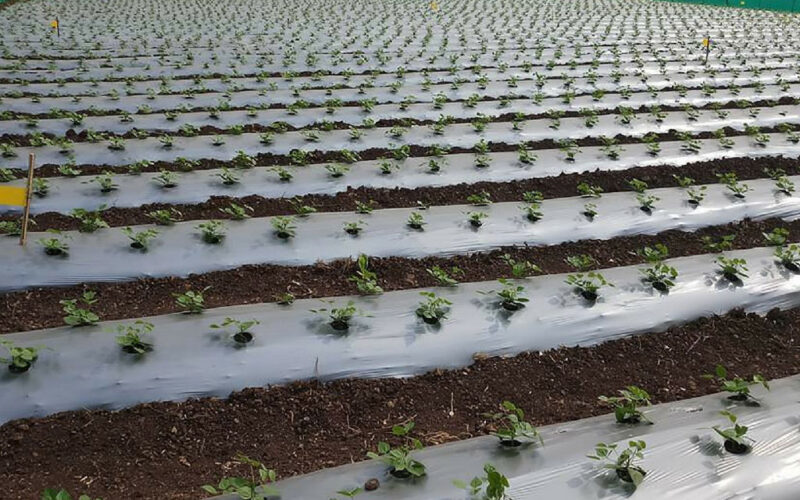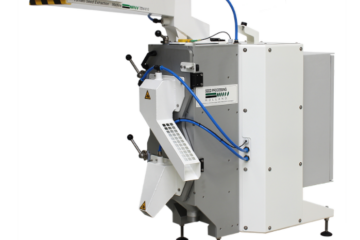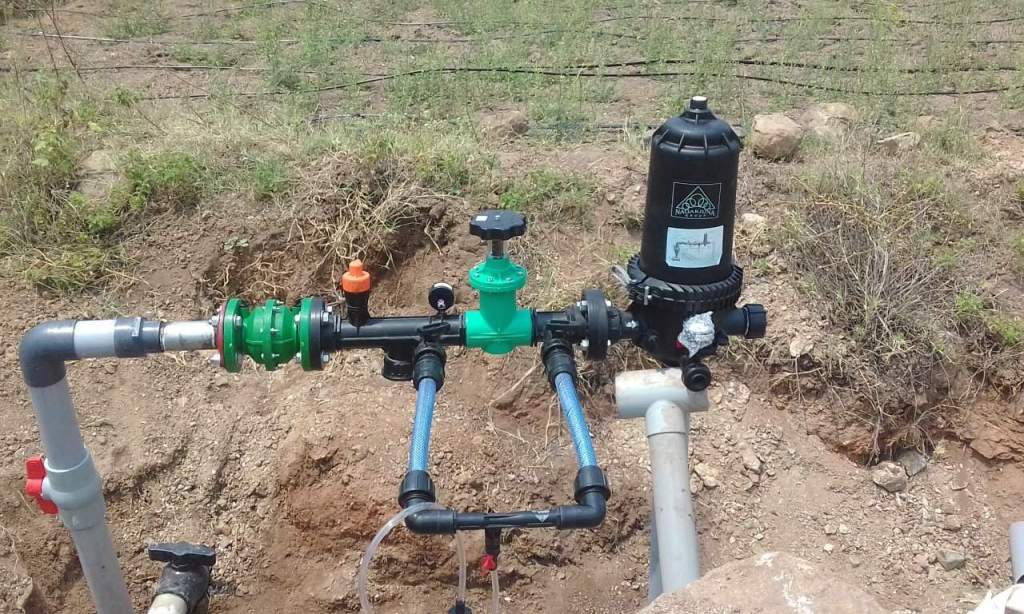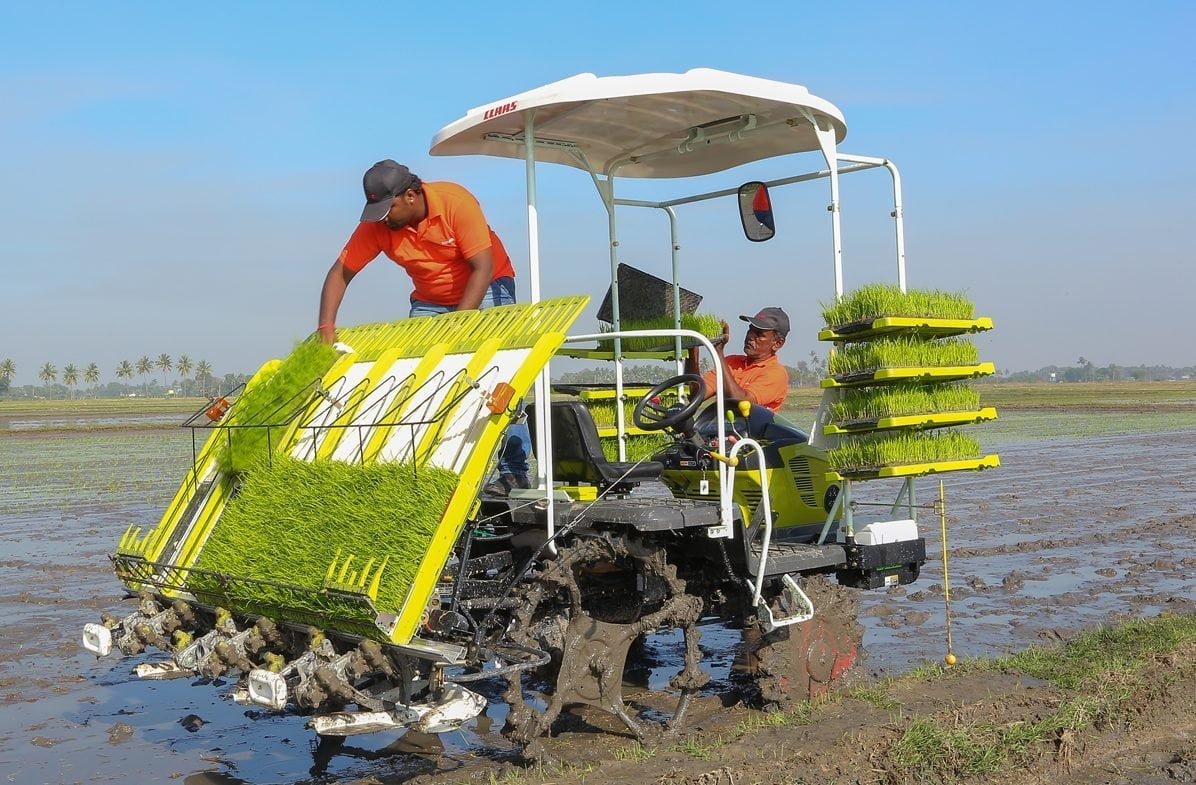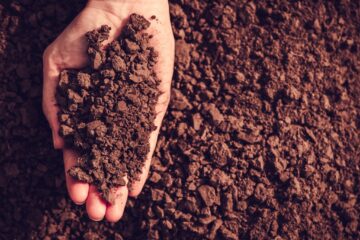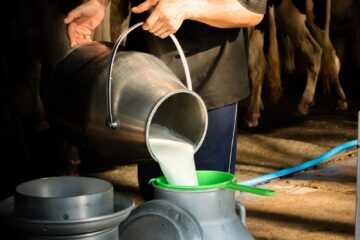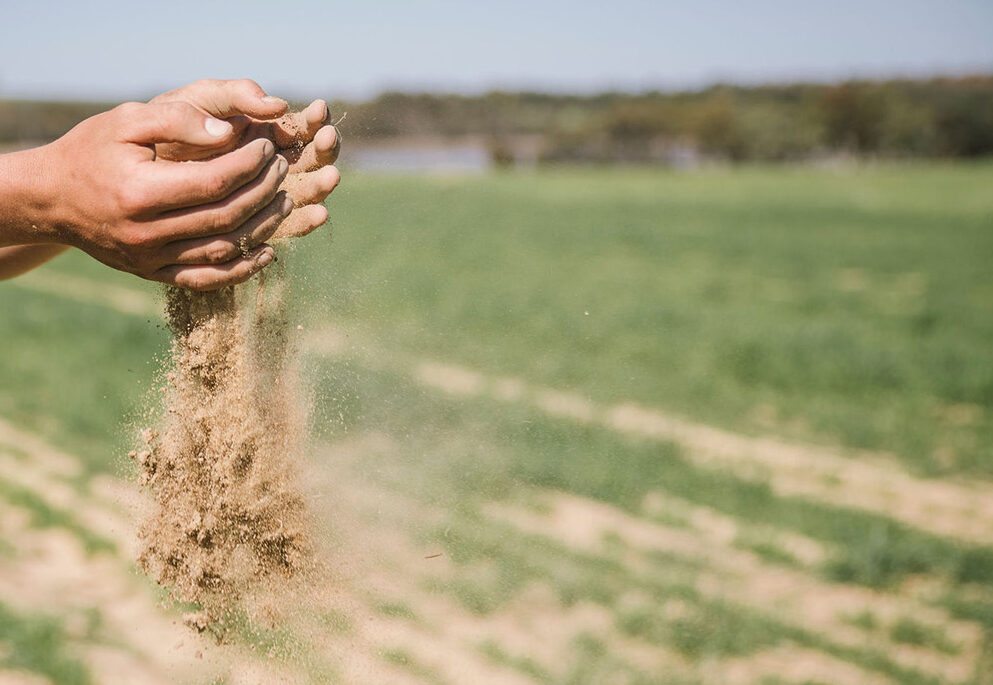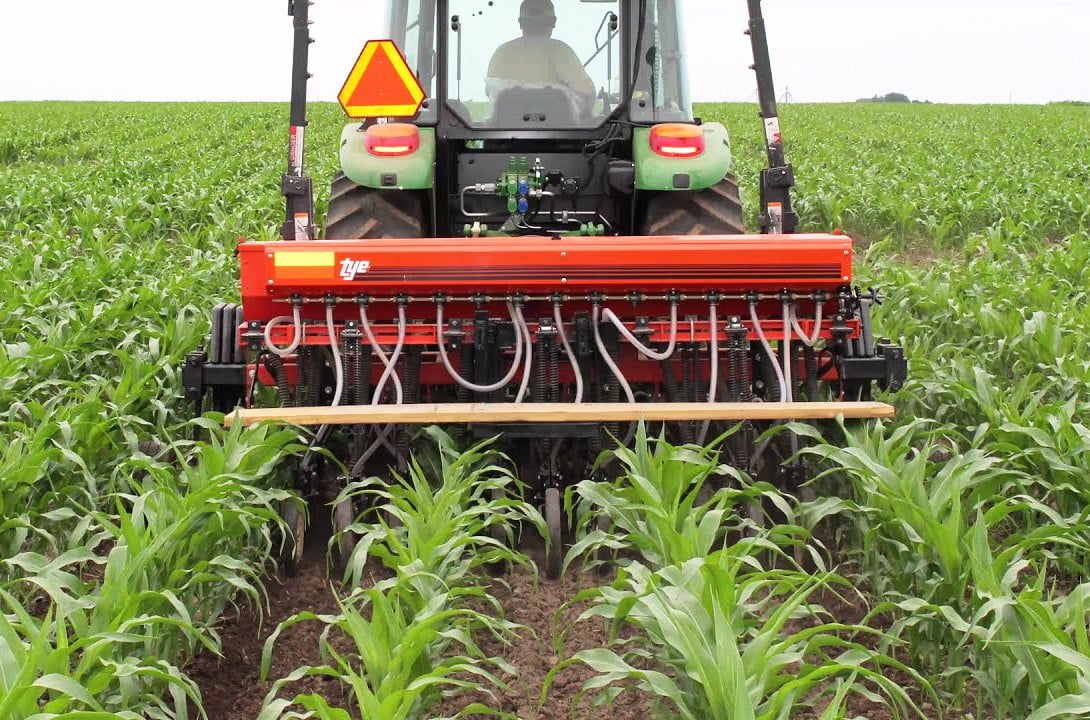Mulching involves spreading suitable agricultural residues around crops to retain soil moisture, improve crop growth, and create an ideal microclimate for plants. Traditional mulching materials include straw, banana leaves, coconut husk, and corn husks, which have been used for generations.
In recent years, synthetic mulch made of plastic film has gained popularity due to its superior ability to retain moisture, reduce water evaporation, and prevent salt buildup. This type of mulching improves productivity and conserves soil quality effectively.
History and Development of Mulching
The first mulching material, paper mulch, was introduced in 1920. However, due to cost, labor, and mechanization limitations, it wasn’t widely used commercially for vegetable crops. In the 1960s, polyethylene mulches were developed and gained significant traction in agriculture, allowing for large-scale mulching.
Benefits of Plastic Mulch
- Prevents Water Evaporation: By blocking direct evaporation, it retains soil moisture and reduces water loss.
- Controls Salt Build-Up: Reduces salt movement toward the soil surface by preventing excessive evaporation.
- Minimizes Nutrient Leaching: Helps nutrients remain available to the crop roots by reducing nutrient leaching.
- Weed Control: Blocks light penetration, preventing weed growth.
- Regulates Soil Temperature: Maintains consistent soil warmth at night and during cold seasons, promoting seed germination and faster plant growth.
- Protects Soil Structure: Prevents soil erosion and compaction from raindrop impact.
Disadvantages of Plastic Mulch
- Higher Cost: Plastic mulch is more expensive than organic residues.
- Heat Stress: Black plastic can overheat young plants, leading to damage.
- Removal Challenges: Plastic mulch can be difficult to remove, especially from large fields.
- Pest Issues: It may attract rodents or other animals that damage the mulch.
Applications of Plastic Mulch
- Preserves Soil Moisture in Drylands: Helps retain moisture in rainfed areas.
- Reduces Irrigation Days: By conserving moisture, it allows for less frequent irrigation.
- Improves Yield Quality: Contributes to healthier crops and higher yields.
- Controls Soil-Borne Diseases: Helps manage diseases by raising soil temperature, which can kill pathogens.
Types of Plastic Mulch
Since the 1960s, low- and high-density polyethylene films have been used as mulching materials. The thickness, color, and perforations vary based on crop requirements and local conditions.
Properties of Mulching Material
- Water Impermeability: Prevents water loss from evaporation.
- Durability: Should withstand the entire crop cycle.
- Heat Retention: Helps in maintaining soil temperature.
Selection Criteria for Plastic Mulch
Based on crop needs, growing season, and specific objectives, the appropriate plastic mulch should be selected:
- Perforated Mulch for rainy areas to prevent waterlogging.
- Black Mulch for weed control, salt control, and hot regions.
- Reflective Yellow Mulch for pest control in high infestation areas.
Laying and Removing Mulch
Mulch should be laid out during calm weather to prevent loosening. The edges of the mulch should be buried 7-10 cm deep. After harvest, mulch removal can be a challenge, particularly for larger fields. Biodegradable options that decompose after a certain period are being developed to address this.
Dr. M. Rajasekar, K. Govindan, S.V. Kotteeswaran, Precision Farming Development Centre, Agricultural Engineering College, Tamil Nadu Agricultural University, Coimbatore – 641 003.

